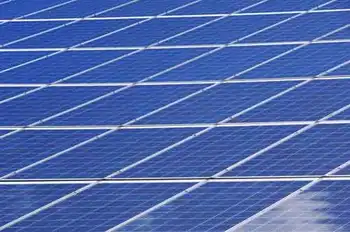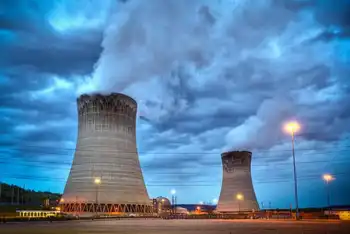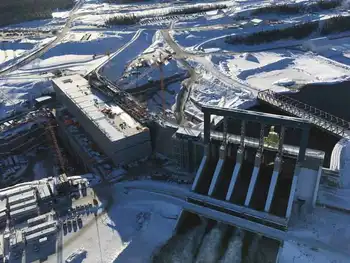Seniors building to produce as much energy as it consumes
By Vancouver Sun
Substation Relay Protection Training
Our customized live online or in‑person group training can be delivered to your staff at your location.

- Live Online
- 12 hours Instructor-led
- Group Training Available
The 64-unit Southeast False Creek project will become a seniors' housing complex after the 2010 Olympic Games, but it's not your grandmother's old-folks' home.
It's called Net Zero because it's designed to produce as much energy as it consumes. While most buildings in the Olympic Village will target a Leadership in Energy and Environmental Design (LEED) gold standard, the Net Zero project is designed to meet LEED's top platinum rating.
Solar water collectors on the building's green roof feed into the building's capillary hot-water heating system. Every suite has at least two outside walls, which improves access to natural daylight and ventilation, reducing the need for artificial lighting and air conditioning.
"A lot of earlier sustainability building initiatives have been in one-off single-family dwellings with lots of land around them, so the buildings could be perfectly oriented toward their environment," said Vancouver architect and Net Zero designer Stuart Lyon.
"This is a more typical urban-context building and the kind of building we have to deal with all the time."
Lyon said several passive and active design elements are being used to achieve the net-zero target.
The open-corridor design avoids double-loaded corridors with rooms on both sides. That means the suites typically face two directions, allowing more access to daylight and creating natural ventilation when you open a window in one location and another window or door elsewhere in the unit.
"We also open up the stairways so they are visible, attractive and accessible," Lyon said. "That will encourage people to use them more often, instead of relying on the elevators all the time."
The building employs thick insulation and triple-glazed windows, a common feature in an extreme climate like Edmonton's but unusual for Vancouver.
LED lighting and energy-efficient appliances are two of the more conventional strategies designed to cut energy consumption.
But purists say a more unconventional tactic - capturing heat from the refrigeration systems in a grocery store below the building - pushes the boundaries of true net-zero design.
"Some people say that's not really net zero because we're stealing energy from another source," said Olympic Village design manager and Merrick Architecture principal Roger Bayley. "But it's energy that would be otherwise wasted, so if we can do something with it, I think that's a perfectly legitimate use."
The grocery-store heat will be used to preheat the Net Zero building's hot water and at times, will help the building actually generate more hot water than it uses.
Bayley said the excess hot water will be sold to a district energy system, with the proceeds used to offset the building's electricity costs.
He said every unit's water, heat and electricity consumption will be monitored continuously and the results made known to occupants, a strategy expected to cut energy use by 15 to 20 per cent as individuals learn how to better manage their energy consumption.
Bayley said all building occupants will agree to a "living contract" to ensure they maintain the most energy-efficient lifestyle possible.
"They'll agree not to use their ovens to warm up their units," he said.
State-of-the-art design and technical components are expected to cut the building's energy consumption by about 40 per cent. But it comes with a price, as building costs are about 16 per cent higher than in a conventional multi- unit housing complex.
Lyon estimates the higher costs will be made up in energy savings over the next 25 years.
Since it's an Olympic-related project, the plant material on the building's green roof is being chosen to create lasting legacy images, such as huge figures of people skiing or bobsledding.











